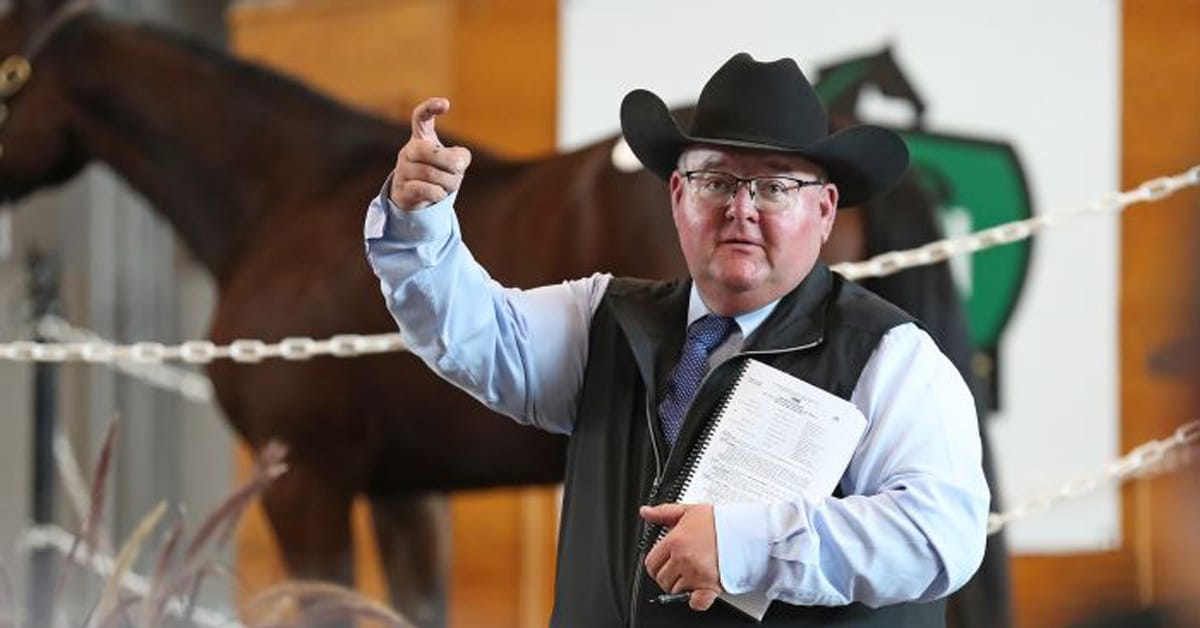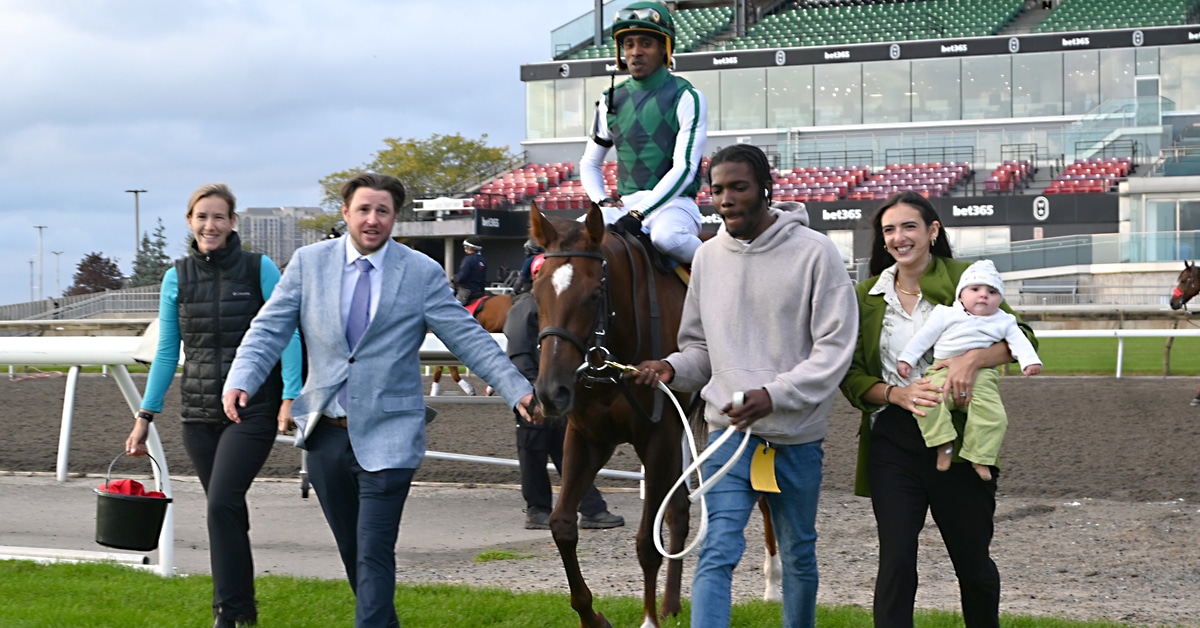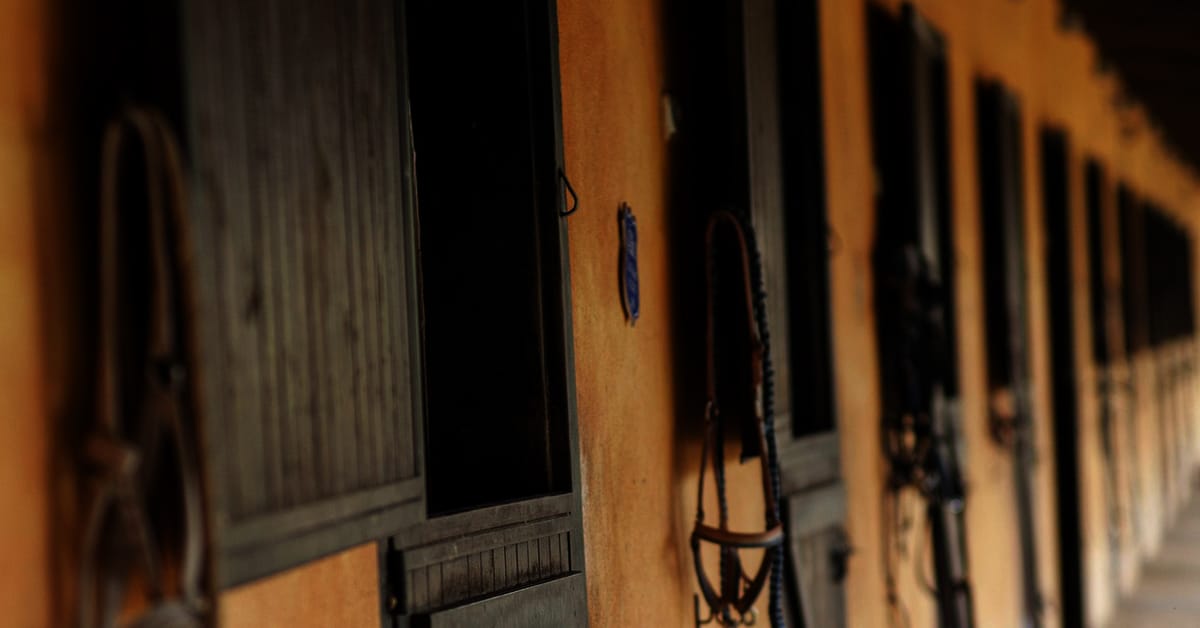Recent research by scientists at University College Dublin and equine science company Plusvital revealed that there has been a significant increase in the already high levels of inbreeding in the thoroughbred population around the world during the last 45 years.
The research analyzed the genomes of over 10,000 thoroughbreds and determined the cause of the increase in selective inbreeding to the desire for favourable racing traits and popular sire lines. Case in point: 97% of horses studied traced to Northern Dancer, and 35% of the European horses sported Sadler’s Wells blood, and 55% of the Australian horses carried Danehill genes in their pedigrees.
This trend can ultimately reduce genetic diversity, which can lead to ‘inbreeding depression’ ‒ defined as reduced biological fitness in a given population affecting an organism’s ability to survive and perpetuate its genetic material, leading to compromised overall population fertility and health.
According to the report, unlike most managed animal production systems, there is no systematic, industry-mediated genomic selection or population management for the Thoroughbred. However, new data for monitoring inbreeding and DNA-based tools have been developed that breeders can use to reduce the problem by choosing genetically-diverse stallions for their mares. Studies have shown that pedigree-based estimates of relatedness are less accurate than DNA-based methods which measure the true genetic relationship between individuals. Using these genetic data tools, suitable outcrosses can be best identified.
Temple Grandin, world-acclaimed professor at the Department of Animal Science of Colorado State University, has long warned of the dangers of trait over-selection, as breeding for specific traits may trigger unwanted, even dangerous, genetic side effects. She points to other animals such as dogs, pigs, and cattle; dogs especially can be born with physical and behavioural problems caused by inbreeding, for example, breathing problems in short-nosed breeds such as bulldogs and pugs, and extreme nervousness in pointers. Conformation and jumping ability in Warmbloods, conformation and speed in Thoroughbred race horses, and cow-cutting ability in Quarter Horses are examples of single desireable traits that, over-selected, can cause problems in other traits.
We asked Dianne Winkelman-Sim, PhD (Genetics), Instructor of Equine Science at the University of Saskatchewan to weigh in on the situation. These are her observations:
“The Thoroughbred stems from a founding population of three stallions and around seventy mares; thirty of the founding animals provide almost 80% of the breed’s current genetic makeup (Cunningham et al., 2001). Using pedigree analysis, Cunningham et al. (2001) estimated inbreeding of the Thoroughbred population to be 12.5% or what you would get mating half-siblings. That estimate was calculated from data available in the year 2000.
“In 2011, Binns et al. calculated the change in inbreeding from 1961 until 2006 using single nucleotide polymorphisms (DNA markers) on a relatively small population of Thoroughbreds. Their results demonstrated a dramatic increase in inbreeding from 2000 onwards. The timing of the increase in inbreeding coincided with an increase in the book size of stallions which began in the mid 1990s. Jockey Club data from 1987 and 1988 shows 1.3% of stallions breeding more than 60 mares in a season and the maximum number of mares bred was 112, although only one stallion bred more than 100 mares in those two seasons. In 2019, 27% of Jockey Club mares were bred to stallions with book sizes of over 140 mares; this figure was 9.5% in 2007. In 2019, five stallions sired over 1,000 foals and these stallions all share common ancestors in a five-generation pedigree. It is unsurprising to see that the level of inbreeding in the population continues to increase.
“Genomics-based evaluation of inbreeding is a more accurate method of determining inbreeding than pedigree analysis, because pedigree analysis does not account for genetic similarity or relatedness between individuals with unknown pedigrees, nor for drift that occurs naturally. I applaud promotion of this method for identifying genetic identity between individuals. Unfortunately, I have little hope of the practice being adopted by Thoroughbred breeders. I have seen that the Jockey Club is considering limiting book size to 140 mares. If this were used in conjunction with genomics-based identification of outcrosses (in this case, less related rather than unrelated individuals), it could effectively slow the rate of inbreeding increase in the population.
“Through a combination of luck, selection for athleticism, and purging, the Thoroughbred breed remains free of identified major single gene disorders that plague other horse breeds. However, the negative effects of inbreeding can be insidious and, at some point, restrictive lack of genetic variation within a population will make the problems irreversible. Moreover, this lack of genetic variation which is a consequence of inbreeding reduces the possibility of making changes in the population with selective breeding. Selection for a single trait ‒ winning races ‒ has narrowed the gene pool and created a breed that is phenomenally well-suited for its purpose but, at the same time, suffers frailty that leads to wastage, high levels of embryonic loss, and other performance and welfare-limiting issues such as exertional rhabdomyolysis and recurrent laryngeal neuropathy. Homozygosity, which increases with inbreeding, increases susceptibility to disease. Undoubtedly, there are other issues occurring in the breed that are exacerbated by low genetic variability and high inbreeding.
“The Thoroughbred constitutes a single global population and the pedigrees of Thoroughbreds are beautiful ‒ in large part because it’s hard to find one that does not carry an easily-recognized name. Thus, the increasing levels of inbreeding are a global problem.”
To ensure the future sustainability of the breed, the racing industry needs to take these inbreeding study results seriously. Professor Emmeline Hill, who spearheaded the new research by UCD and Plusvital and notes that contrary to popular belief, higher inbreeding is not associated with superior racing performance, ominously likened the issue as “akin to global warming.”
The Latest










